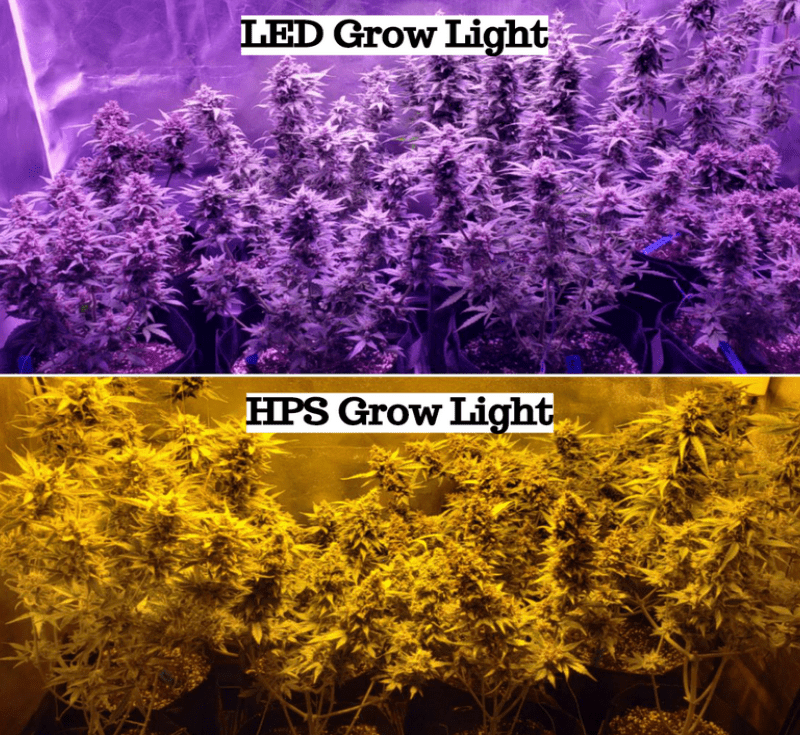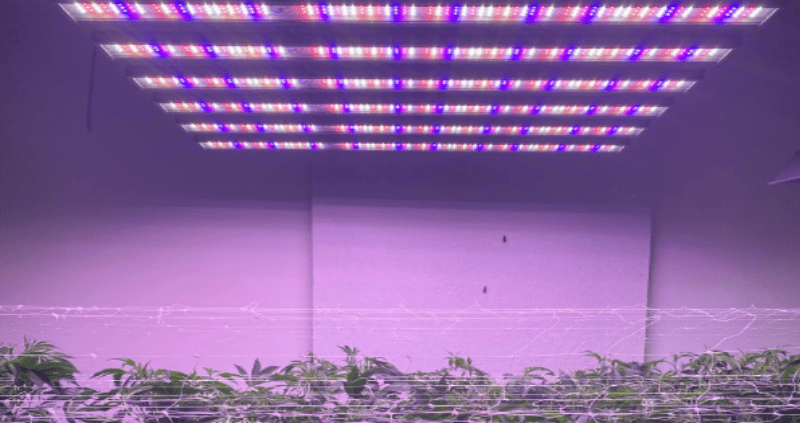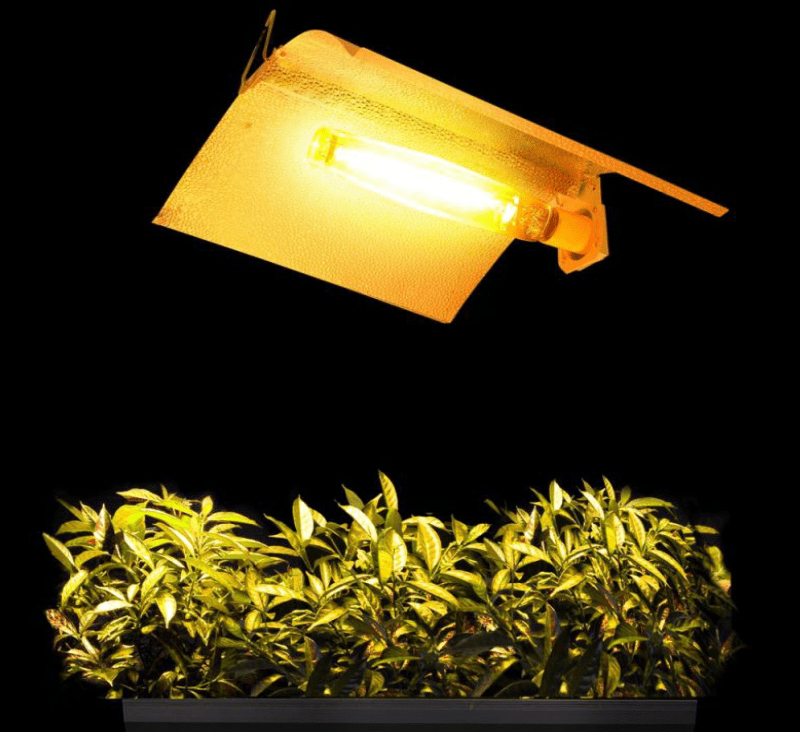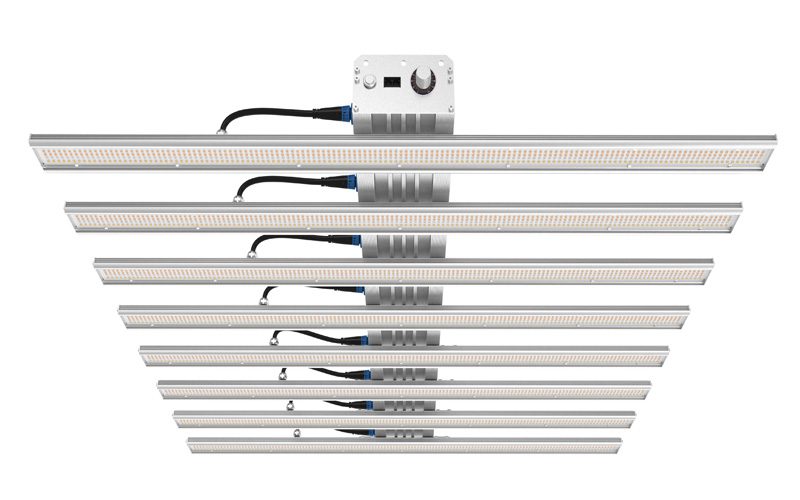Grow Lights Analysis: HPS Grow Light, LED Grow Light, Solar Grow Light
HPS lamp (high-pressure sodium lamp) has been a confident leader in grow lighting system market for decades, and the rapid development of LED and Solar technology is likely to change its position. In this article, we will carefully study the differences between different types of lights and try to comment on their expectations
So what is HPS Grow Light, LED Grow Light, Solar Grow Light?
HPS Grow Lamps
HPS lamps emit light by passing high-pressure pulsed energy through a sealed quartz tube filled with sodium vapor and other elements such as xenon and mercury. When heated, the gas starts to glow. Sodium gives off a strong orange, yellowish light. Xenon and mercury can be used to change the spectrum, which emits in the blue range of the visible spectrum, making the light whiter.
LED Grow Light
A light-emitting diode (LED) grow lights are semiconductors that allow current to pass almost unimpeded in one direction, but provide very strong resistance in the other direction (through the “PN junction”). On one side of the junction, the material is processed in such a way as to receive additional electrons; on the other side, on the contrary, the material with not enough electrons is processed. By applying a voltage, we force electrons to move through the junction to fill the “gap” on the other side. This results in luminescence, the color of which depends on the material used. Phosphates and nitrides of gallium, aluminum, zinc and silicon are most commonly used.
Solar Grow Light
Solar Grow light powered by solar panels, is a way that can allow saving the amount of energy consumed by the traditional grow lights for both their indoor and outdoor applications, Outdoor Solar Grow light is not influenced by the power grid as it is a stand-alone lighting system powered by the sun. This solar grows lighting system provides clean energy, effective, convenient.
Photoelectric efficiency
The efficiency of an indoor plant lamp can be expressed by a simple formula: the total amount of light energy (lumens) of the lamp is divided by its total energy consumption (watts). The minimum power of the DNAT is 90 lm/W, although for some brands this figure reaches 150 lm/W or more. Increasingly, growth lamps are also evaluated in units of photosynthetically active radiation (PAR), which is measured in mol/s(photons per second per 1m2 of plant surface).
µmol / s is an increasingly popular metric for plant lights because it measures the amount of light reaching the plant rather than what the human eye sees.
For plant light, LM/W is considered to have less ‘discourse power’ than PAR. This is because the LM/W of red and blue lamps is typically much lower, as they produce the most important frequency for photosynthesis, and the production of “inefficient” light is minimized.

However, newer led grow lights use multiple frequencies to create a richer, more efficient, and more complete spectrum, which is believed to be beneficial for plant growth, and usually include discrete white LEDs as well as red and purple. These newer panels sometimes express efficiency in LM / W. Well-known manufacturers should at least instruct par. For example, but master’s 410W full spectrum panel (bandmaster II 675 God) indicates par values at different distances from the lamp (the longer the distance, the lower the par, because fewer photons will hit the plant surface). At 31cm, the par of the lamp is just over 2000 μ mol / s.
Spectrum
Although advances have not prevented the development of HPS technology, it is believed that these lamps only have a faint appearance of natural sunlight compared to more modern lighting systems. If xenon and mercury are not added, the sodium itself glows red and yellow. However, there are new full spectrum led grow lights that actually have two arcs, i.e., they are a mix of DNAT and DRI. So, for example, the Hortilux Super Blue HPS/MH combines 600W HPS and 400W DRI to provide an initial 110,000 lumens and simulate the spectrum as close to nature as possible.






